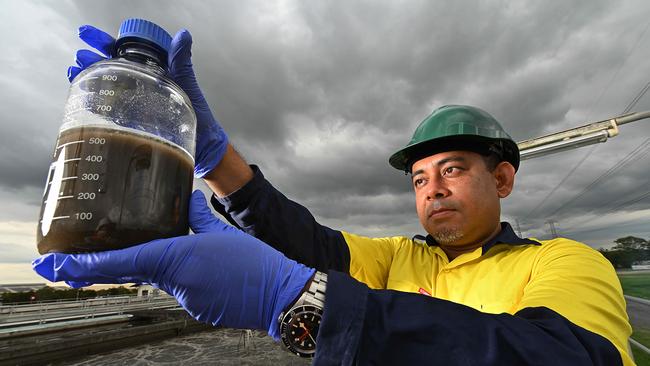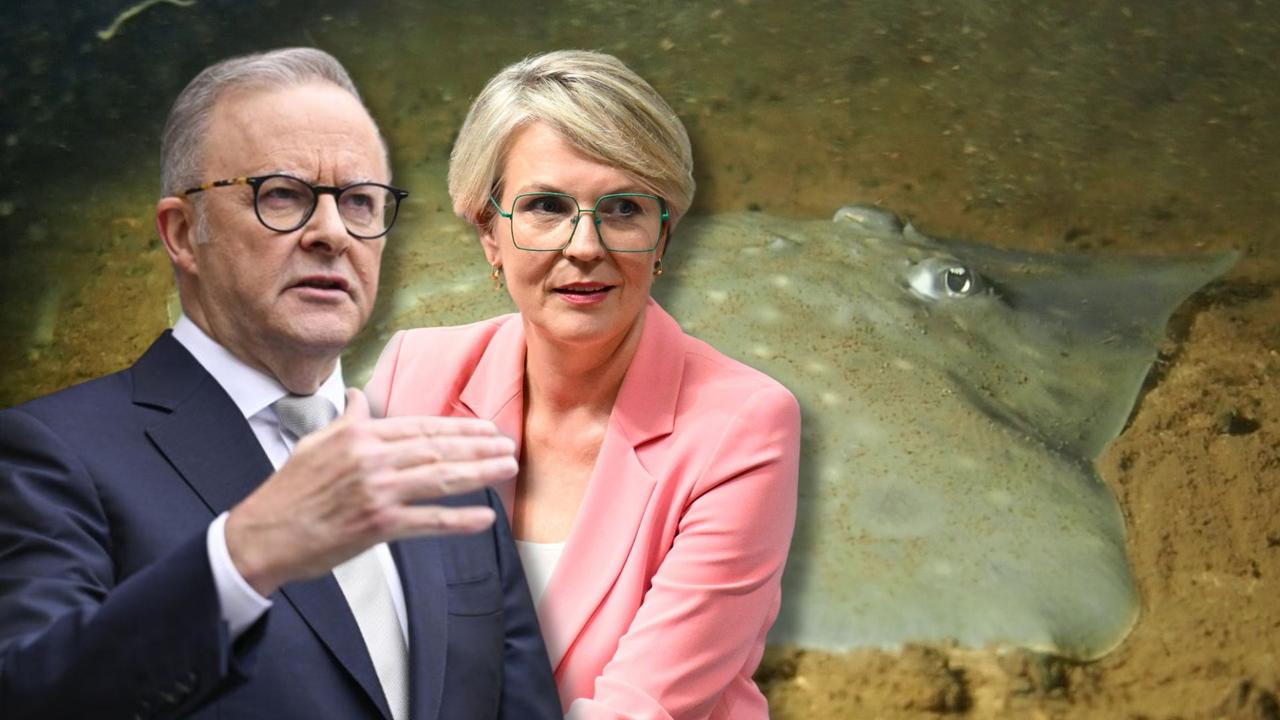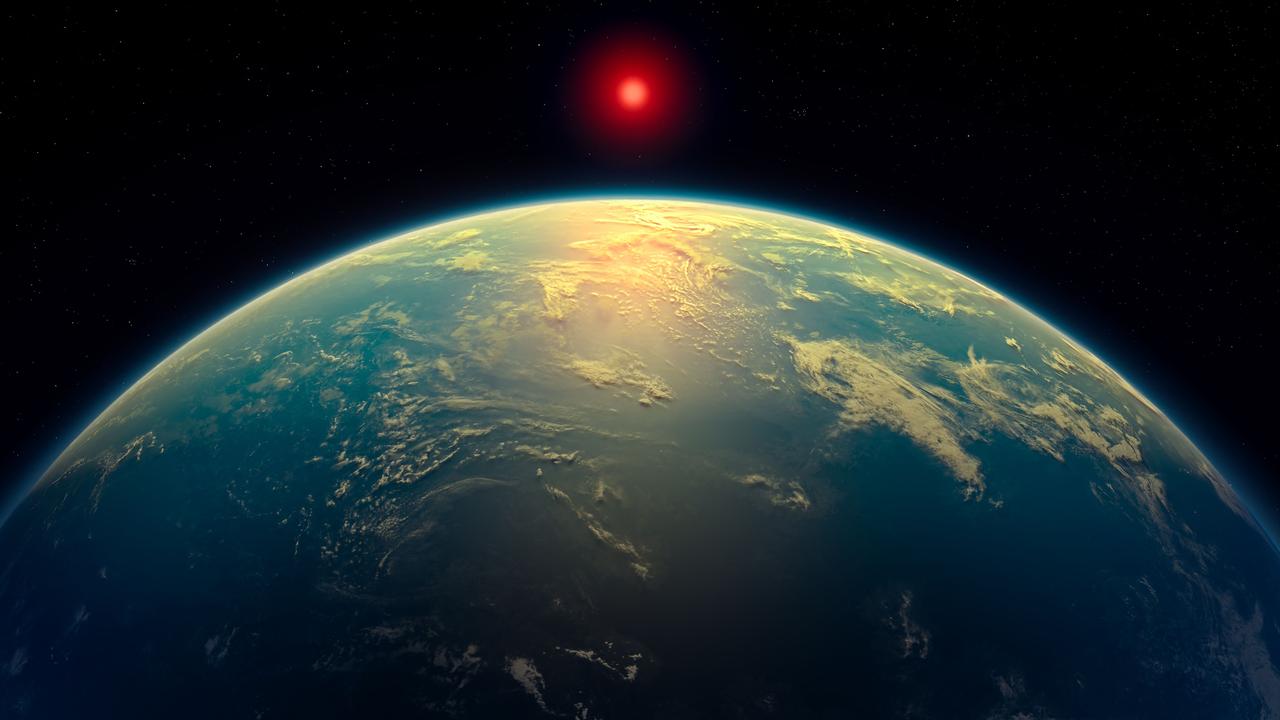Sewage scientists the whistleblowers for COVID-19 outbreaks
“It’s not the most glamorous job, but it really doesn’t smell that bad.” So says Dr Warish Ahmed, one of the unsung heroes of coronavirus tracing.

“It’s not the most glamorous job, but it really doesn’t smell that bad.”
That’s the life of sewage surveillance leader Warish Ahmed, one of the unsung heroes of coronavirus tracing.
Dr Ahmed spends his working day sorting through wastewater to locate fragments of coronavirus among Queensland communities.
He is, in short, a poo detective.
“It is so important, not just for this pandemic but for any pandemics that come along in the future,” Dr Ahmed said.
Sewage testing is the nation’s COVID-19 early warning system and it’s already saving lives.
While it can take up to two weeks for people to develop symptoms severe enough for them to be tested, the virus can appear in faeces within three days of infection.
Days ago, coronavirus sewage investigations detected the virus in the Gold Coast, Townsville, north Cairns and Cleveland, south of Brisbane. That allowed Queensland health authorities to quickly get ahead of the virus.
The state’s Chief Health Officer, Jeannette Young, immediately urged people to get tested, citing fears the virus has entered the state, which has had no community transmission for 21 days.
“I’m concerned there are people from Sydney or the northern beaches who have gone up to those areas in the north, or down to the Gold Coast, and I need them to come forward and get tested,” Dr Young said on Sunday.
Gene fragments recovered from sewage act as a unique fingerprint of the SARS-CoV-2 virus.
Every day, Dr Ahmed tests up to 40 samples from wastewater treatment plants around Queensland. The University of Queensland collects samples every hour for 24 hours, which are then delivered to the CSIRO lab.
“People start shedding the virus in their faeces about two to three days after first being infected,” said Paul Bertsch, director of CSIRO Land and Water.
“After it’s flushed into the sewage system, the virus gradually disintegrates. It leaves behind fragments of its unique genetic signature, or RNA.
“In a lab, the nanoscale fragments are filtered from untreated wastewater and amplified. This enables researchers to isolate and confirm the virus’s fingerprint.”
Sewage surveillance in Avalon has helped authorities understand Sydney’s latest outbreak. Negative wastewater tests prior to December 10 showed when the virus arrived on the peninsula. And on Tuesday evening, wastewater investigations detected infections on NSW’s central coast.
Sudhi Payyappat, a microbiologist at Sydney Water, located a fragment of the virus in a sample from a treatment plant in Kincumber at 11:30pm.
By Wednesday morning, authorities were able to alert 140,000 people on the central coast, with residents in Terrigal, McMasters Beach and Copacabana urged to get tested.
“It is moments like that where we see the benefit of our work, and see how we are helping the community,” said Dr Payyappat.




To join the conversation, please log in. Don't have an account? Register
Join the conversation, you are commenting as Logout